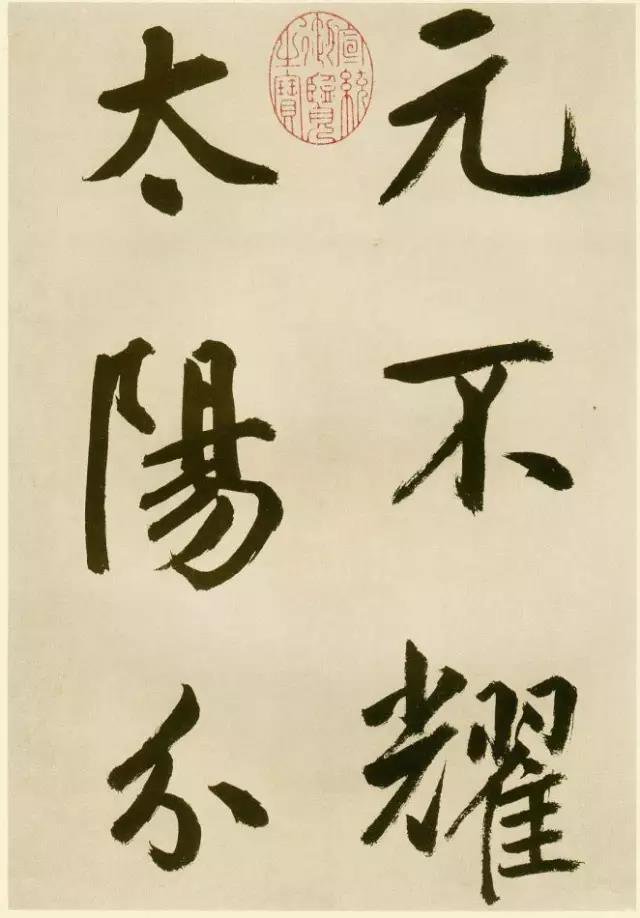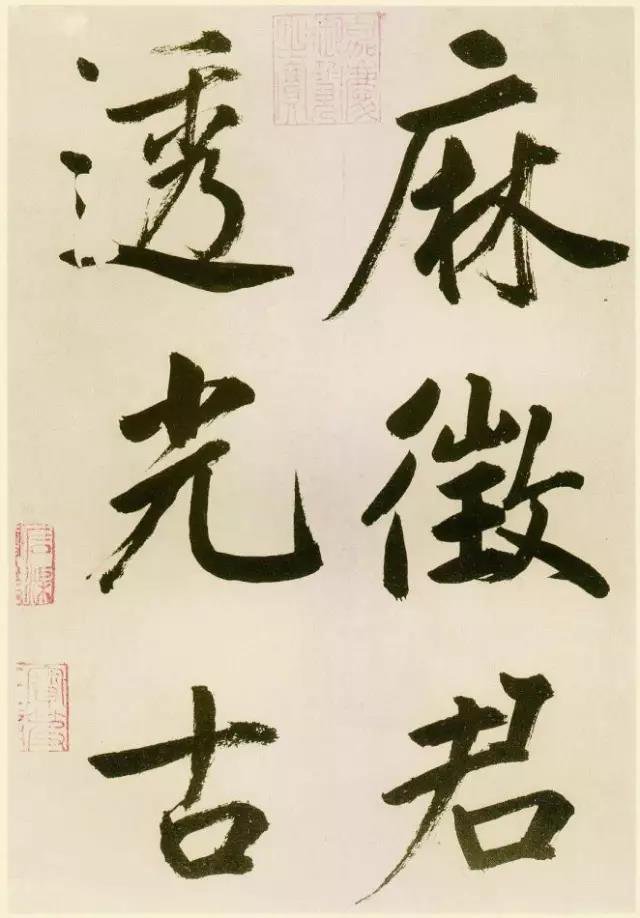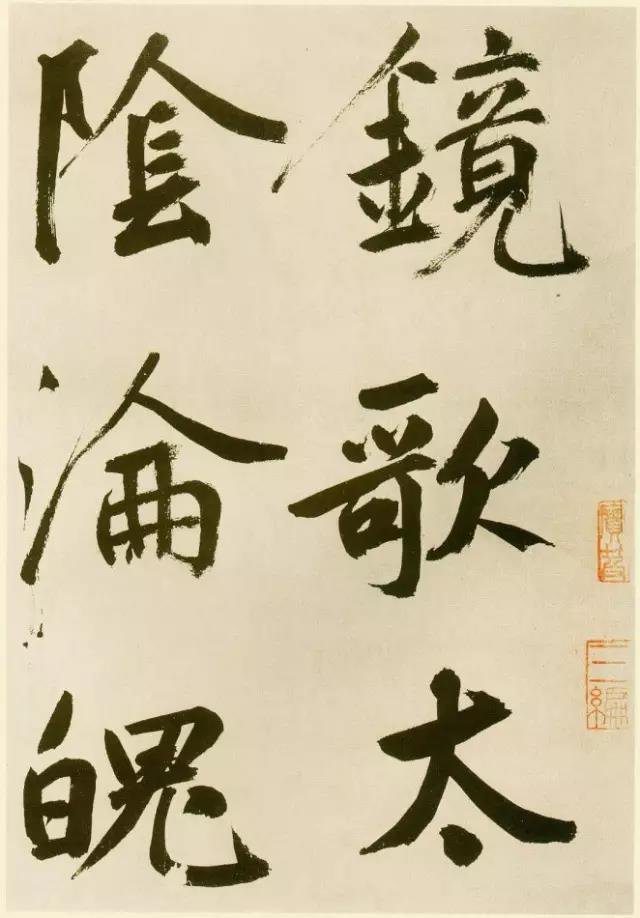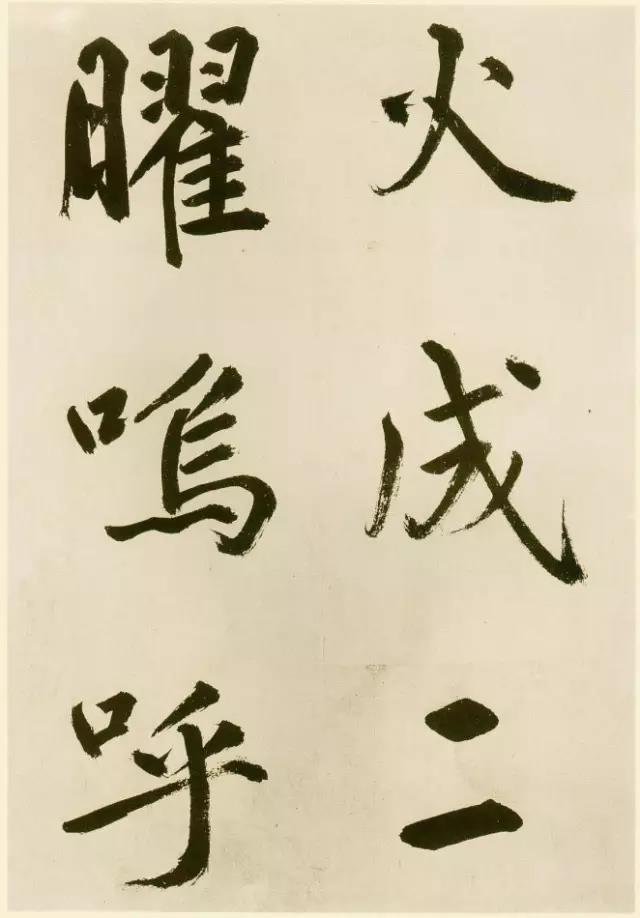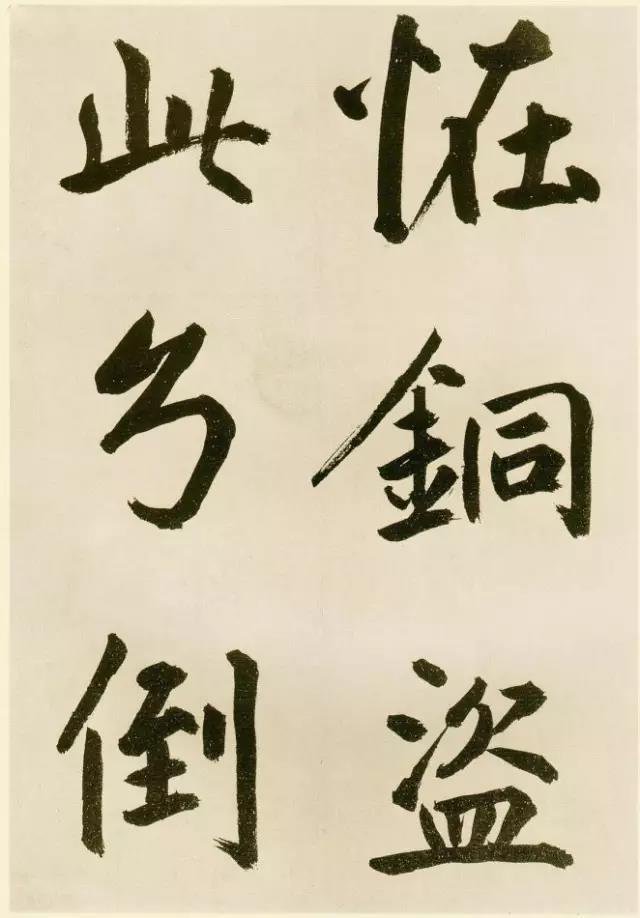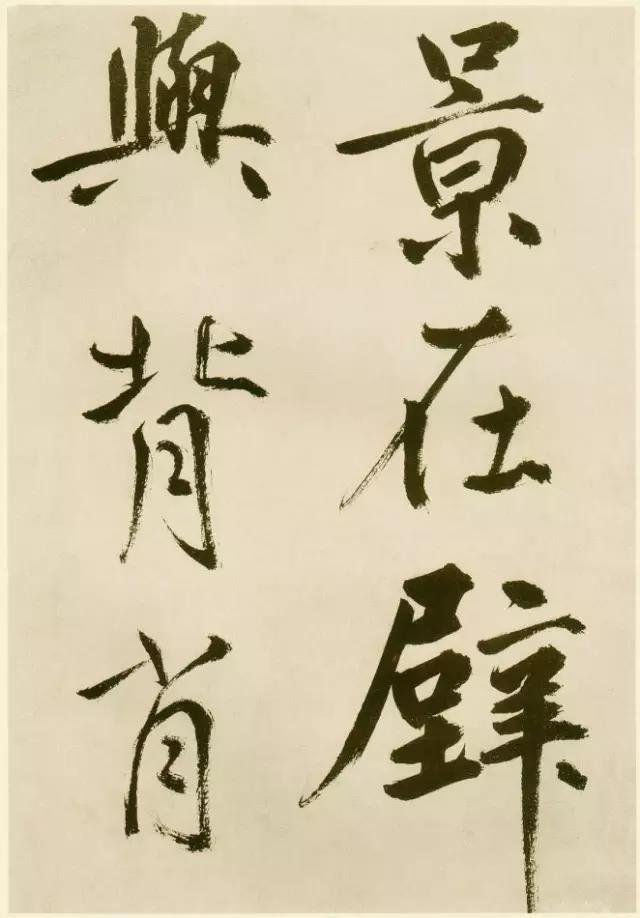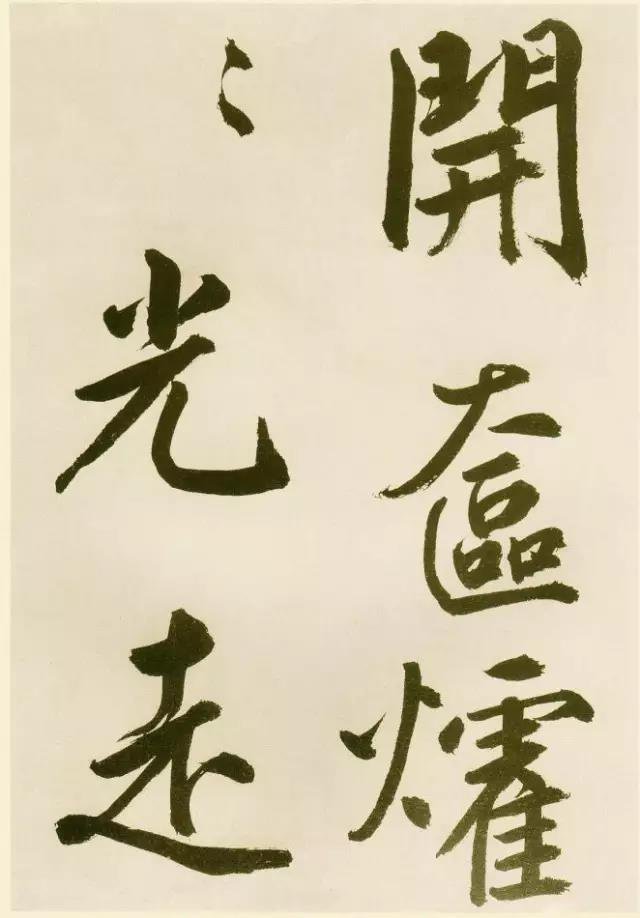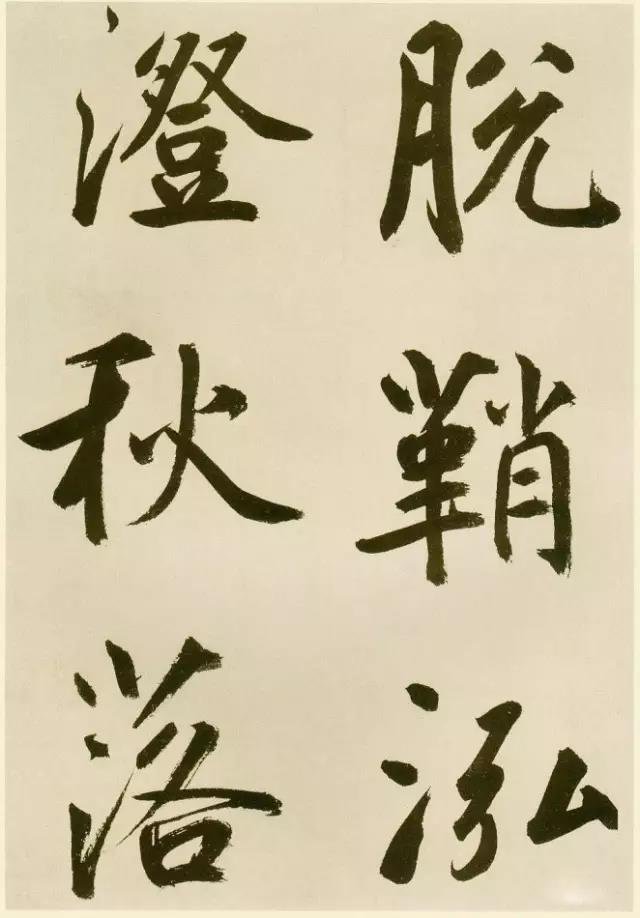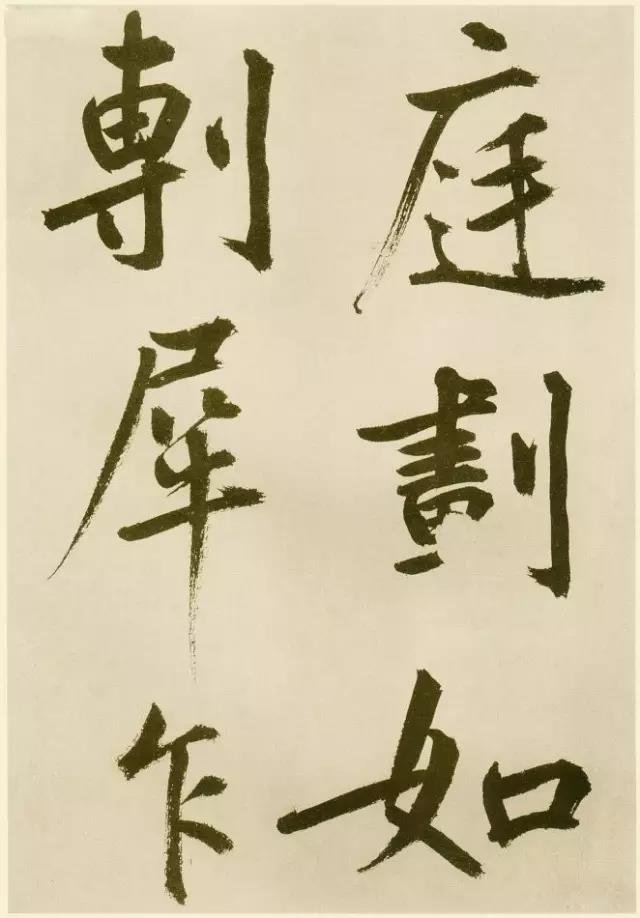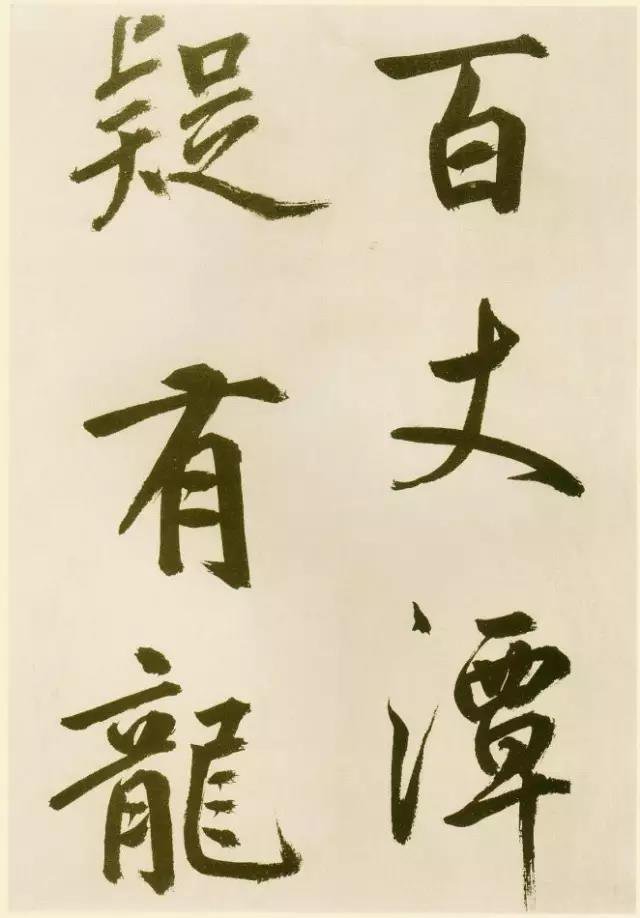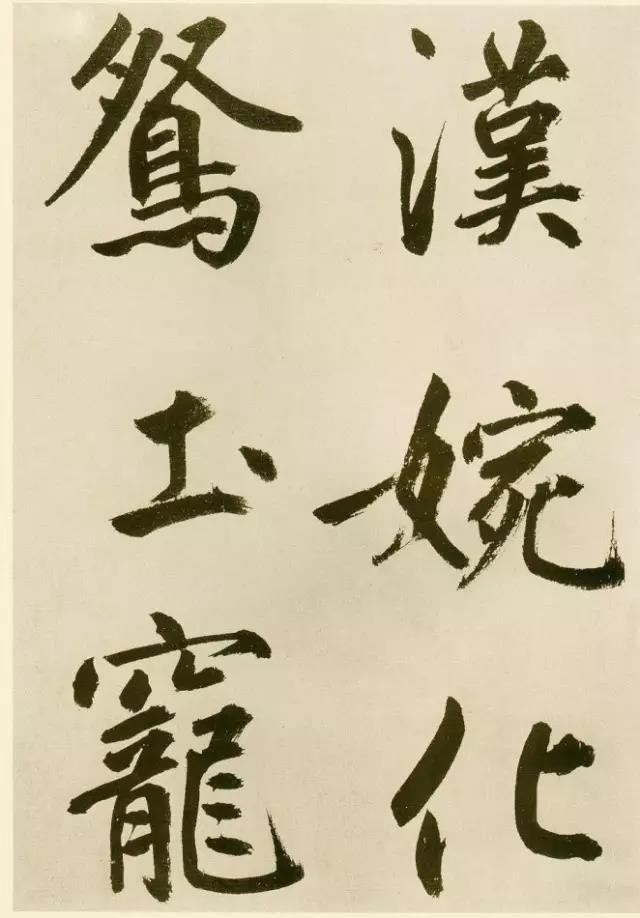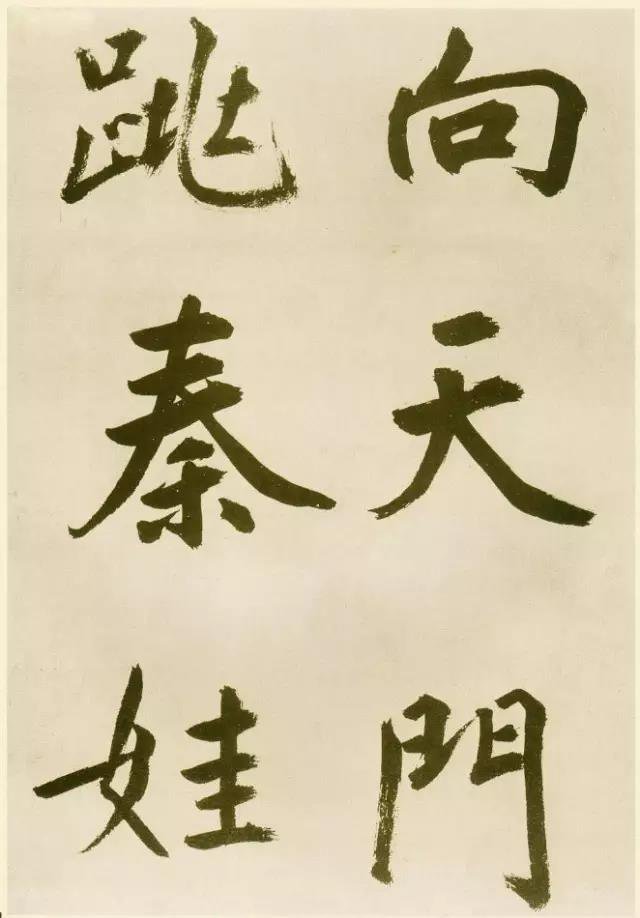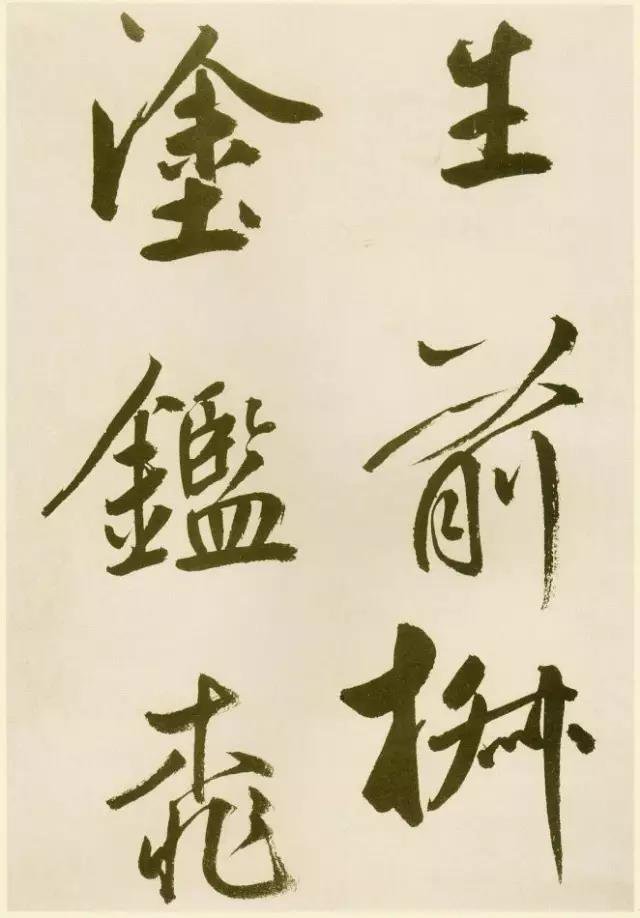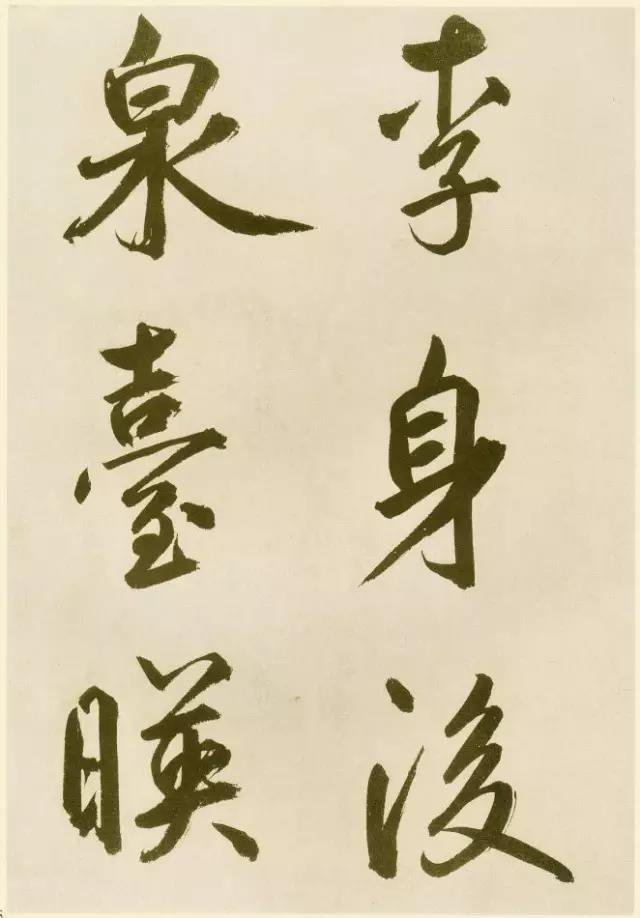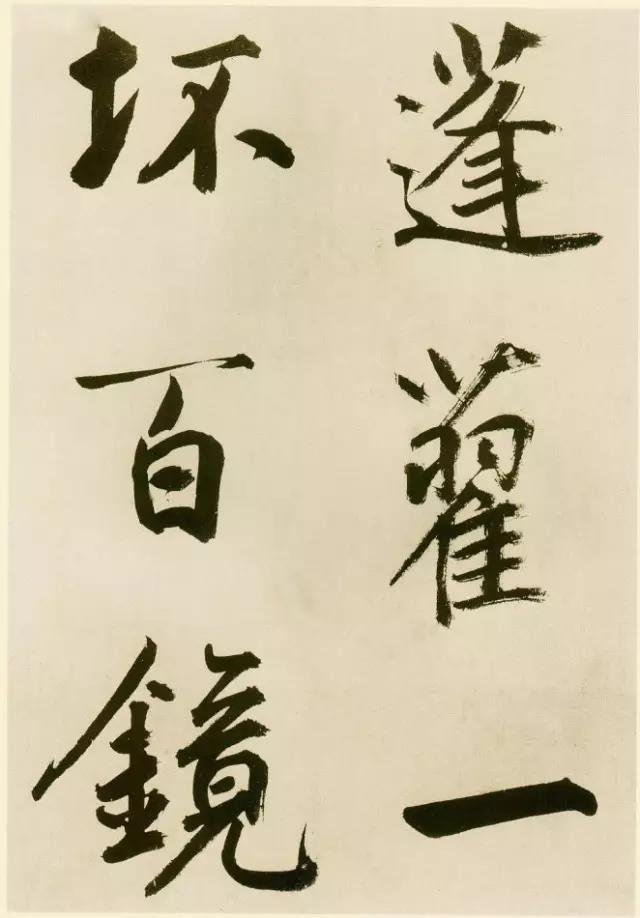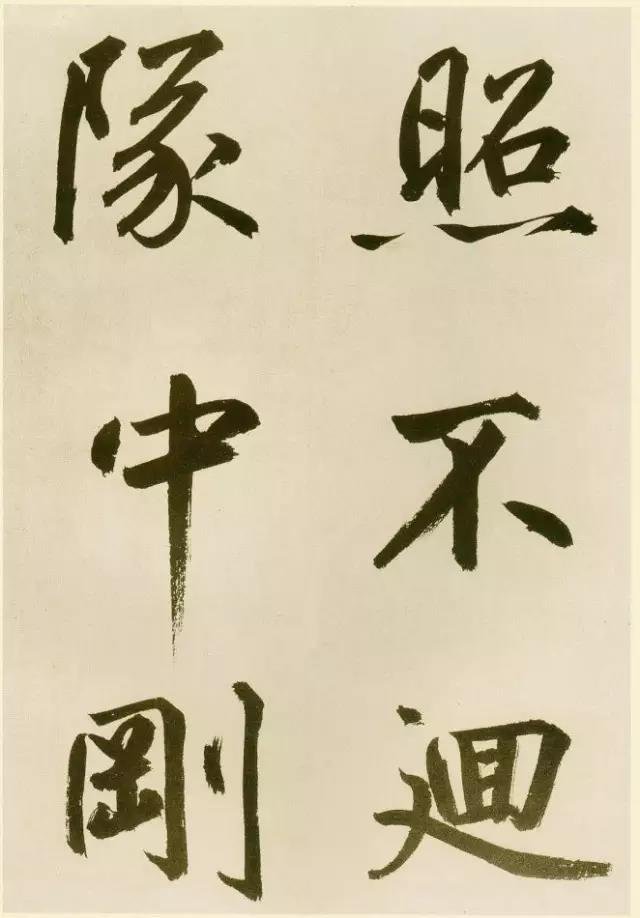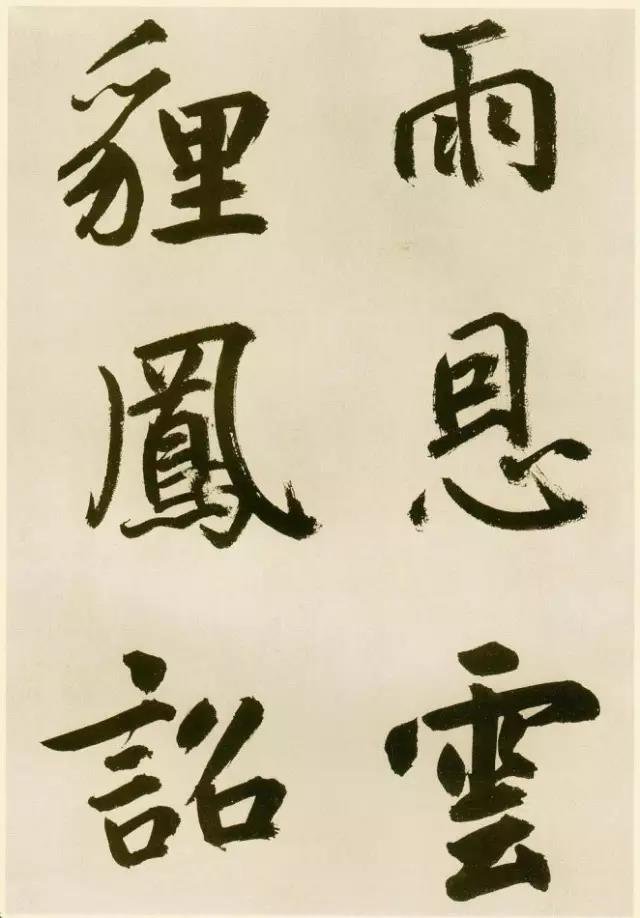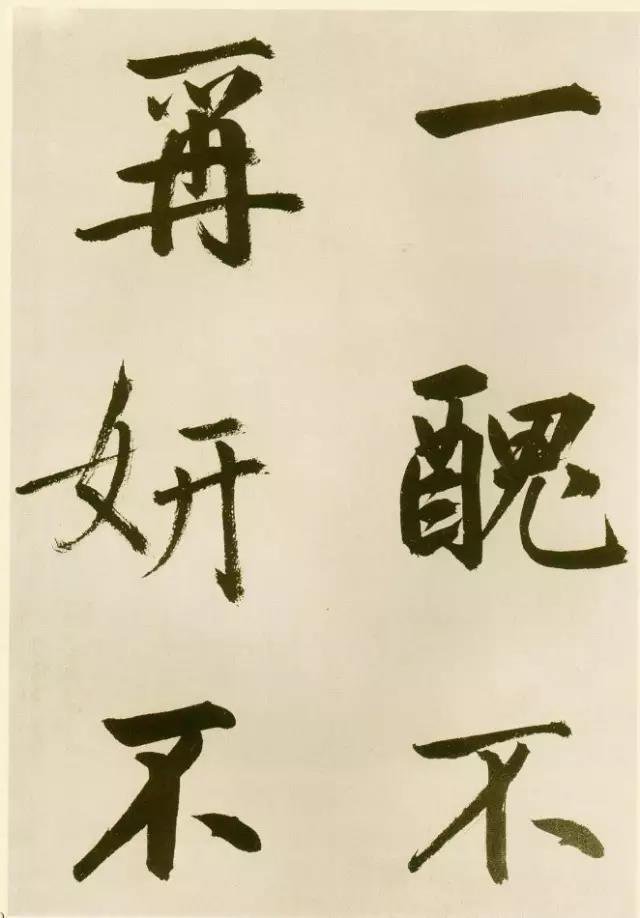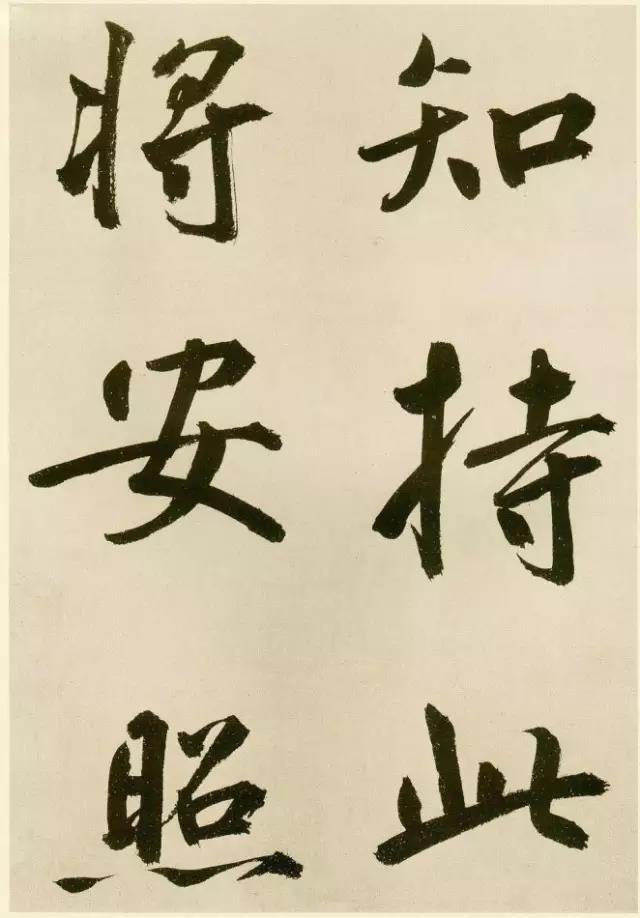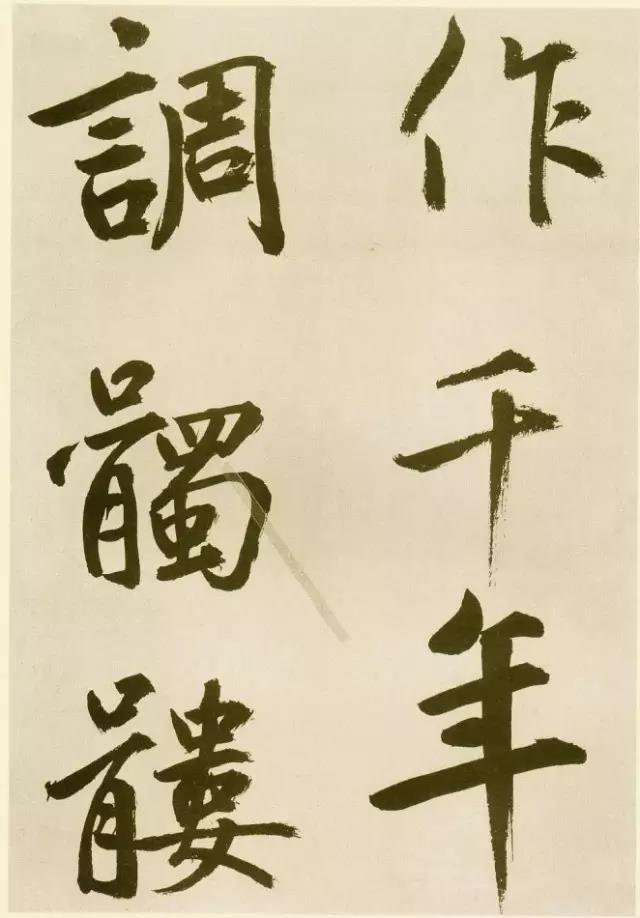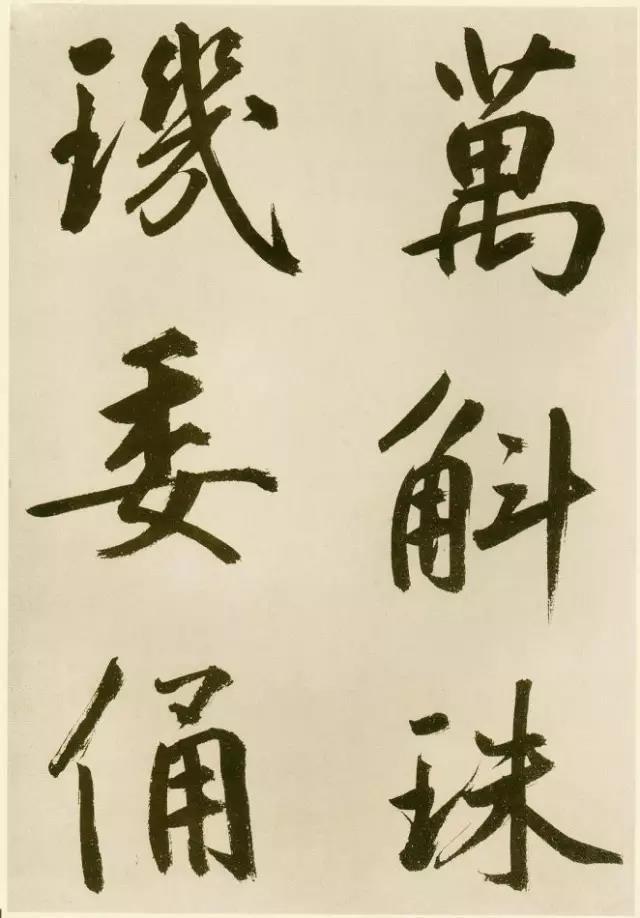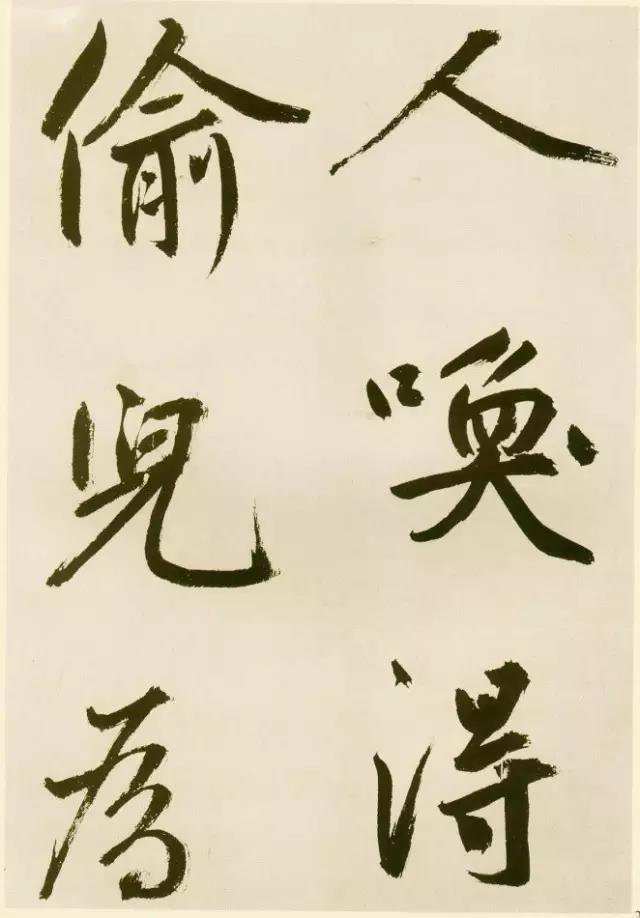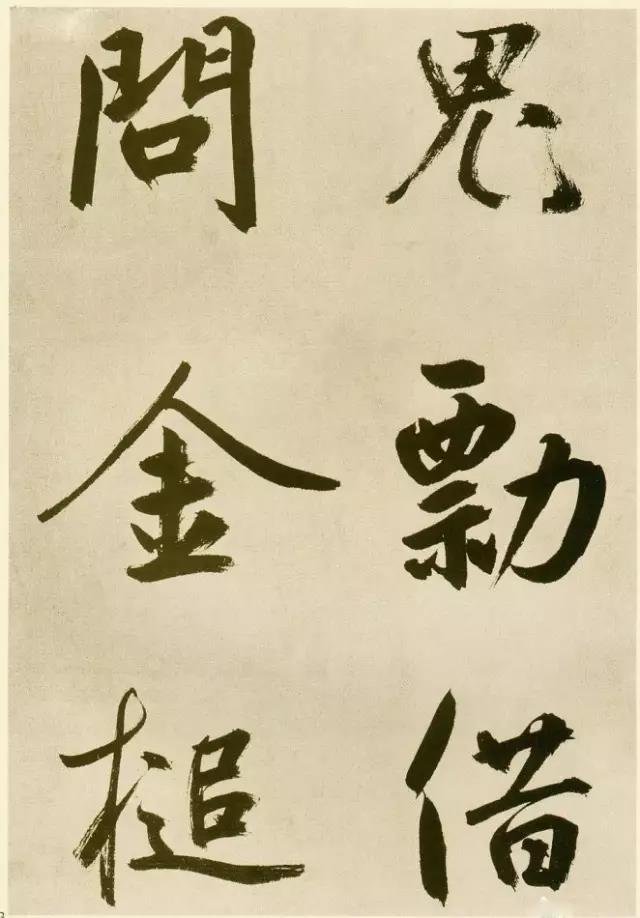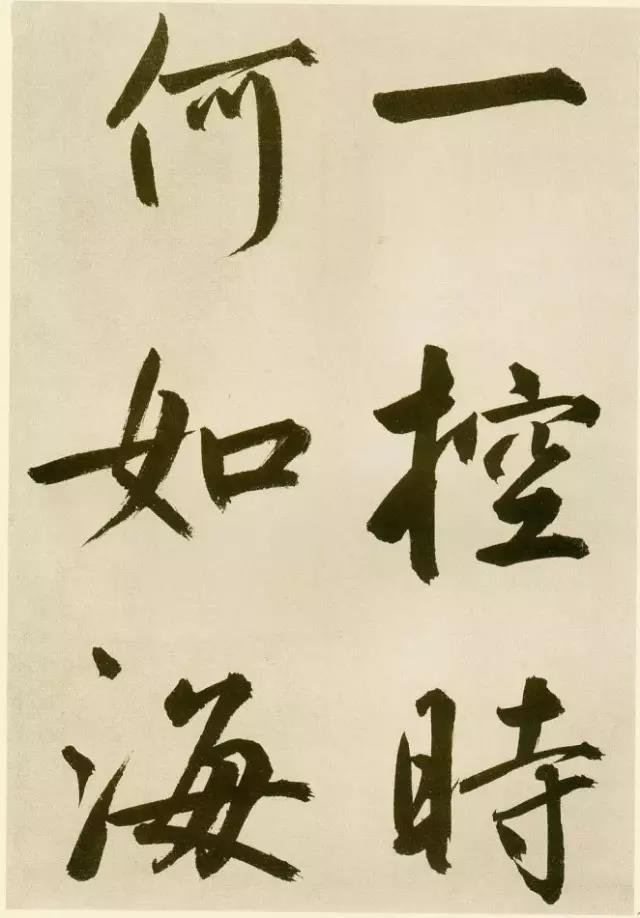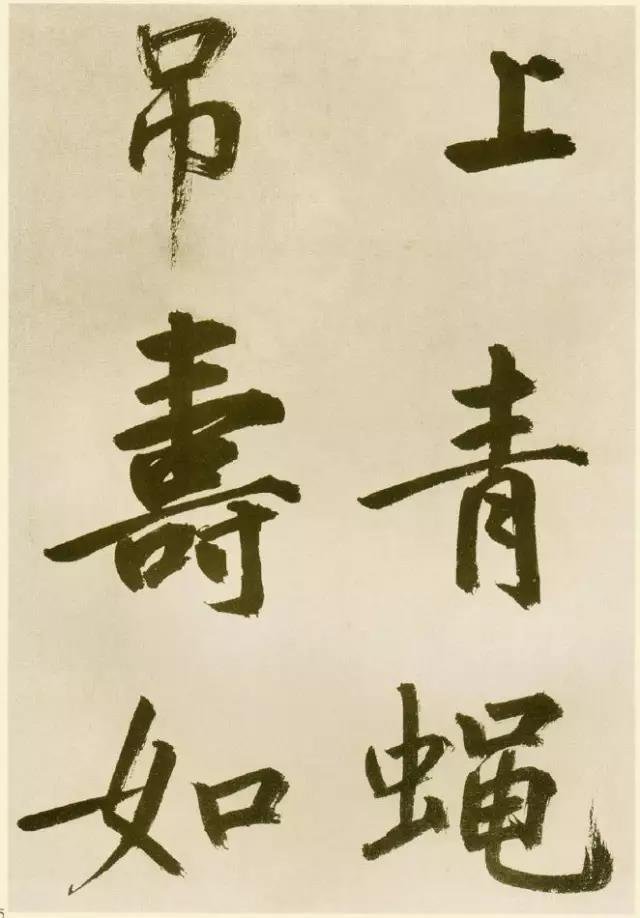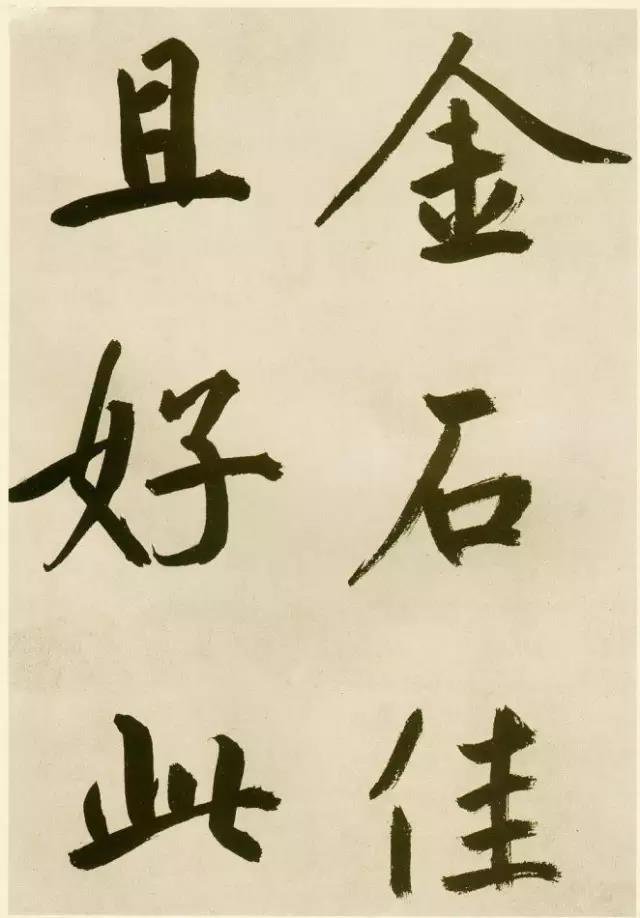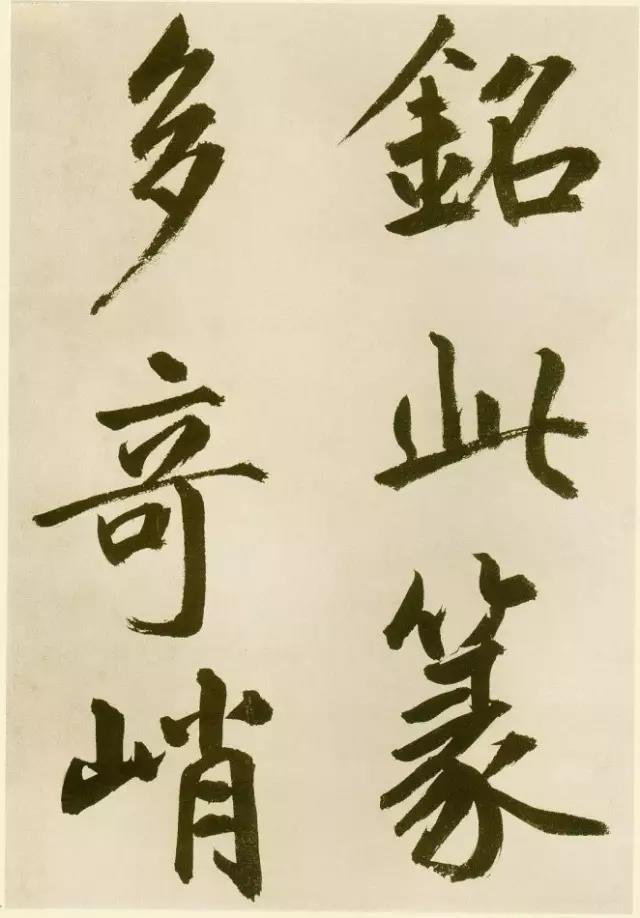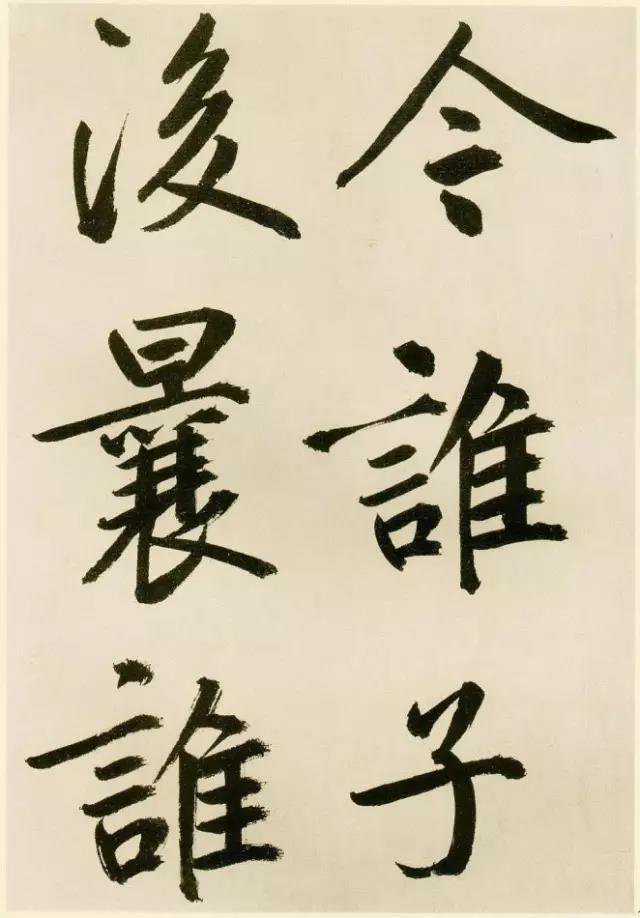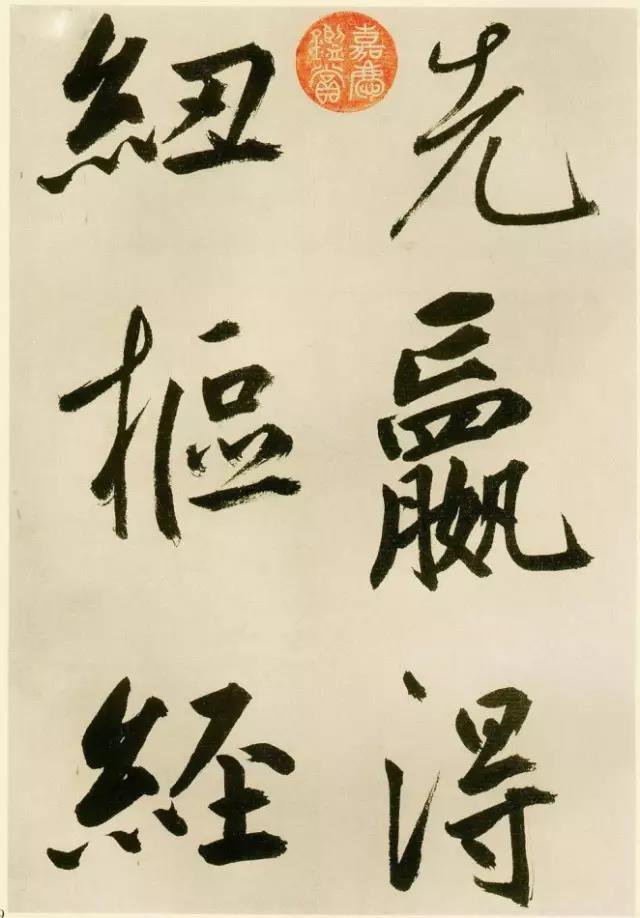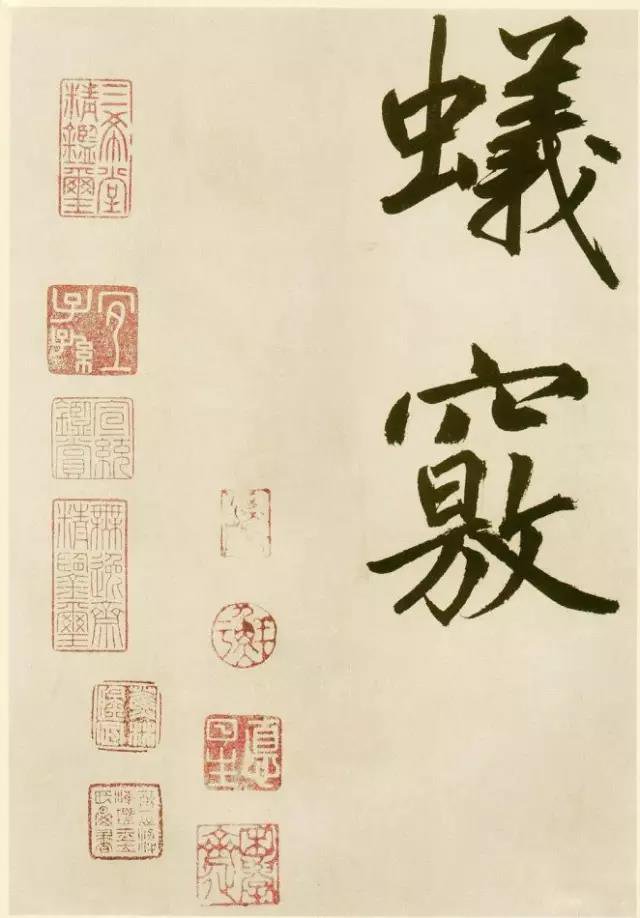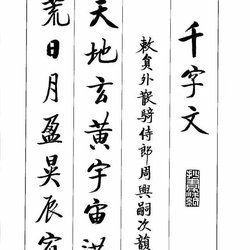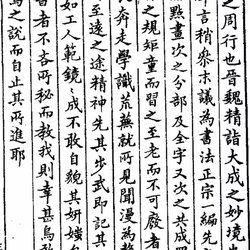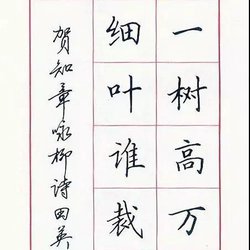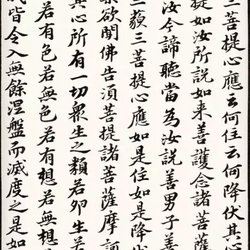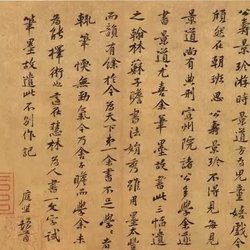Xian Yushu (1246-1302), a famous calligrapher in the Yuan Dynasty. The courtesy name was Boji. In his later years, his camp was named "Kingxue Zhai". He called himself "Kingxue Mountain Miner" and also called "Ji Zhi Laoren". His ancestral home was Dexing Prefecture in the Jin Dynasty, and he was born in Bianliang (now Kaifeng, Henan). Han, a native of Dadu (now Beijing), sometimes from Yuyang (now Jixian County, Beijing), lived in Yangzhou and Hangzhou successively. In the sixth year of Dade (1302), he was appointed Taichang Dianbo. From the time of Emperor Shizu of the Yuan Dynasty to the Yuan Dynasty, he was selected as the Xuanwei Secretary of Eastern Zhejiang with his experience. Later, he was appointed as the capital of Eastern Zhejiang Province. In his later years, he was appointed as Taichang Dianbu. He has good poetry and antiques, his literary reputation is outstanding at that time, and his calligraphy achievements are the most outstanding. Zhu Quan of the Ming Dynasty listed him among the 150 "Ci Lin Yingjie" in "Taihe Zhengyin Pu". There is a biography in Xinyuan History.
There are about forty calligraphy works handed down by Xian Yushu, most of which are cursive scripts and mainly ink. His calligraphy started with the calligraphy of the Tang Dynasty, and then traced back to the two kings of the Eastern Jin Dynasty. He has solid skills and is good at writing calligraphy with his wrist hanging. He likes to use wolf hair to emphasize the strength of his bones. His regular script in large characters is majestic and vigorous, powerful yet regular. The running script is rigorous in structure, full of strength, and natural and unrestrained. Cursive calligraphy is learned in a natural way and can come up with new ideas. The writing style is unbridled and magnificent.
Wang Shizhen of the Ming Dynasty wrote: "Xian is less knowledgeable, has a negative talent, has a majestic appearance and a beard, similar to He Shuo's father." I saw that when he was walking, he often won with his strength but lacked posture, which was slightly like his own. Therefore, he gradually lost to Zhao Wuxing. 』
Since his official position was not high throughout his life and he was often idle at home, Xian Yushu was able to give full play to his artistic talents. In addition to his expertise in calligraphy, he was also a litterateur and wrote many poems. He can also compose music, play the piano well, and is proficient in identifying cultural relics. It is precisely because of his extensive artistic accomplishment and the integration of it into calligraphy that Xian Yushu became a master of calligraphy. Xian Yushu learned calligraphy in his early years, but he was not as good as the ancients. Occasionally he saw two people pulling a cart in the mud in the wild, and he suddenly had an enlightenment. When he writes, he often uses the center point to return the wrist. His pen and ink are pure and smooth, his momentum is majestic and ups and downs, and his writing while drunk is full of strange expressions. Xian Yushu also writes regular script, running script and cursive script, especially cursive script. His skills are very solid. He can write with his wrist hanging and his writing force is strong. He is the author of "Jiexue Zhai Ji". Xian Yushu is as famous as Zhao Mengfu, and is both known as a "giant" in the calligraphy circle of the Yuan Dynasty, and is also called "Er Miao" and "Two Heroes", but his influence is slightly less than that of Zhao Mengfu.
Xian Yushu's "Ma Zhengjun's Translucent Ancient Mirror Song", on paper, with large characters in regular script, cut and bound into a volume. This volume is cut and bound into a volume with broken lines. Judging from the collection seal, it seems that it was modified before Liang Qingbiao entered the imperial palace of the Qing Dynasty. The original form of the order is no longer known.
The structure of "Ma Zhengjun's Translucent Ancient Mirror Song" is nearly square, and the character spacing and line spacing are different, so the original appearance cannot be seen. Judging from the traces, it may have been four characters per line. The font is slightly sized according to the number of strokes and the inherent shape of the characters, but is generally uniform in size. The stroke thickness does not change much. The font structure comes from the regular script of the Jin and Tang Dynasties.
"Ma Zhengjun's Translucent Ancient Mirror Song" seems not to pay attention to the exquisiteness of each stroke, but focuses on the creation of the overall momentum and image of each word. Su Shi once said: "It is difficult for large characters to be dense and seamless, and it is difficult for small characters to be broad and generous." This large character can be said to be "dense and seamless", and the writing becomes better as the writing goes on, and the pen and ink are perfect. Overall, this large font is regular and magnificent, and is a typical work of Xianyu's regular script.
